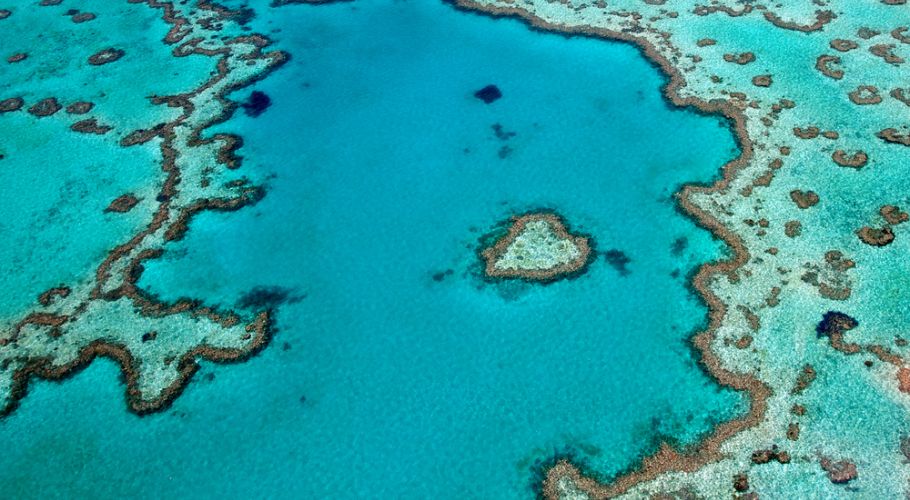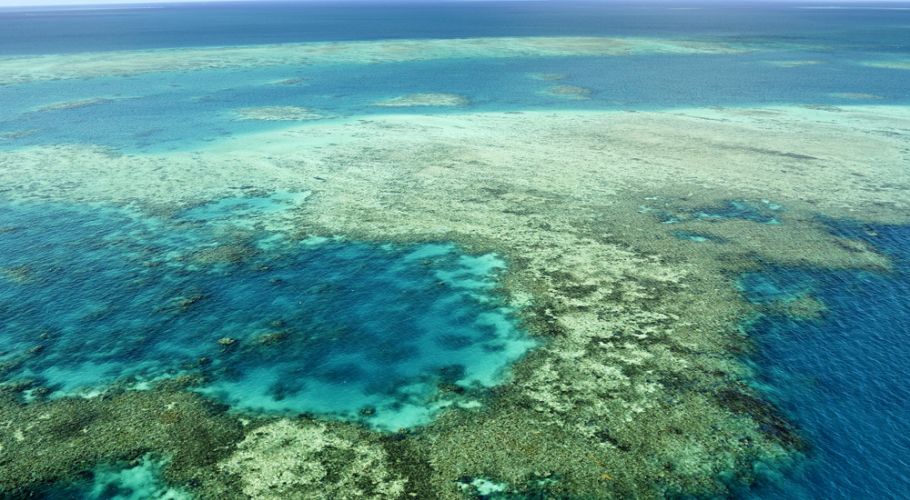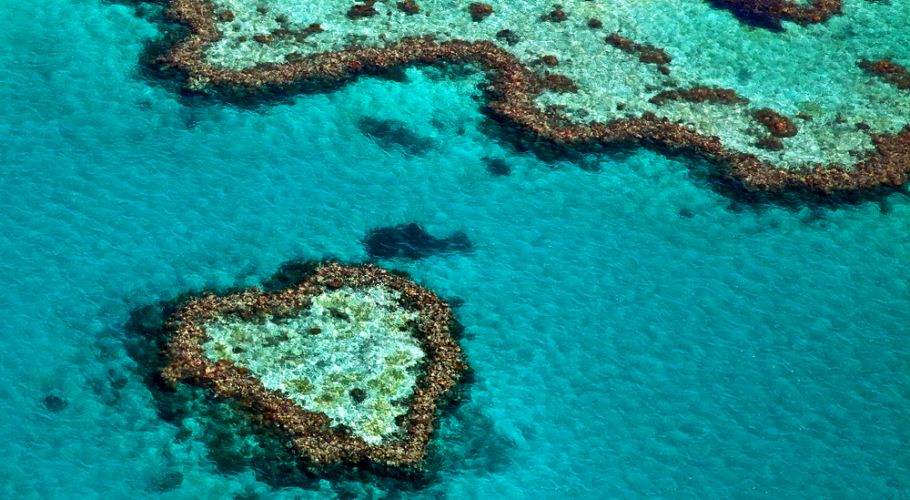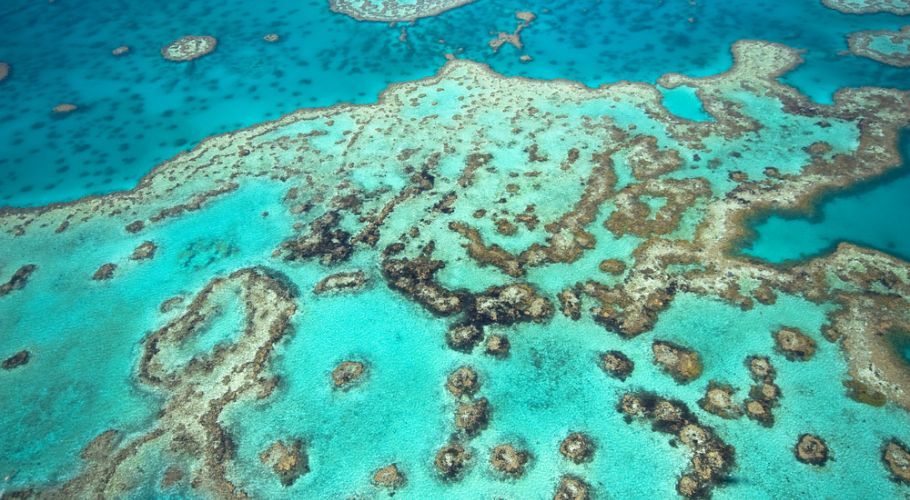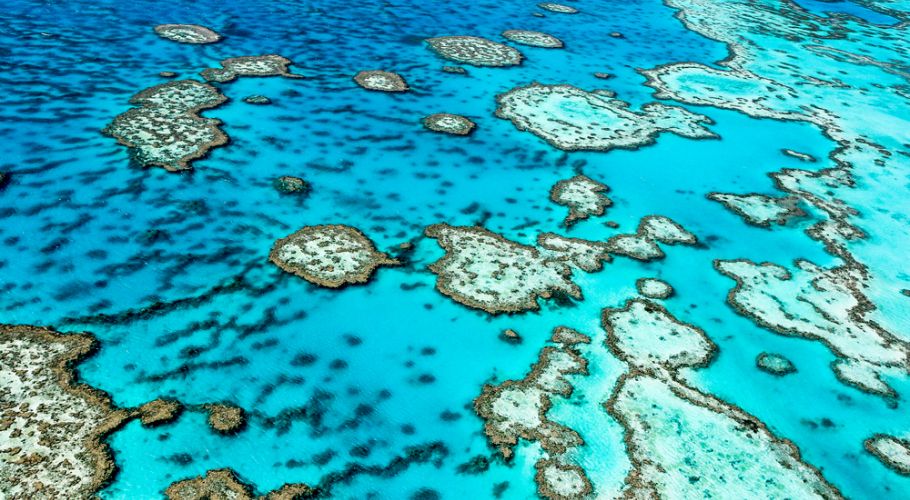The Great Barrier Reef is the largest coral reef system in the world. There are over 2,900 separate reefs that collectively make up the Great Barrier Reef. The reef stretches over 1,600 miles (2,600 km). It is the only living organism that can be seen from outer space.
The reef is located on the northwestern coastline of Australia off the coast of Queensland. There are several port cities providing access to the coral reef.
What makes the Great Barrier Reef a natural wonder?
Statistically speaking, the Great Barrier Reef is the largest coral reef in the world. It is the world’s largest natural formation created by a living organism. The Great Barrier Reef extends over 133,000 square miles (344,000 sq km) and stretches from one end to the other over a distance of 1,600 miles (2,600 km).
The base elevation for Mount Everest ranges from 13,800 feet (4,200 m) to 17,100 feet (5,200 m) which provides a elevation rise range from 11,980 to 15,260 feet (3,650 to 4,650 m). The Great Barrier Reef is comprised of over 900 islands and over 2,900 individual reefs. The reef is recognized as one of the most diverse ecosystems in the world.
What are the best ways to see the Great Barrier Reef?
There are two distinctly different perspectives when it comes to seeing the Great Barrier Reef. The first and most common way is up close and personal with a snorkeling or dive trip which provides travelers with a face to face encounter with the world’s largest reef. There are several places where travelers can engage the reef. Some people opt to leverage one of the unique reef island resorts which provide access to the reef right outside your hotel doors. A second option is aboard one of the live-aboard dive trips. These ships carry small groups and anchor near the reefs providing ongoing encounters with the reef along with the flexibility to move the ship for a variety of reef encounters.
The second perspective or best way to see the Great Barrier Reef is from the air in a helicopter. This adventure provides travelers and explorers with an opportunity to see the expanse of the reef, which can be seen for miles from in the air. This trip gives individuals a true scope to the size and complexity of the Great Barrier Reef. As the world’s largest reef, flying over in a helicopter is a must way to see it.
What are the best ways to experience the Great Barrier Reef?
Experiencing the Great Barrier Reef is not much different than seeing it. However, to experience you must plan to snorkel or dive the reef. The largest reef in the world is also one of the most diverse ecosystems in the world. In order to experience this ecosystem, you have to go down where she is.
Snorkeling trips do provide great encounters with the ocean life that calls the reef home. Whether coral, fish or other aquatic life, a snorkel trip should provide visitors with a great experience of the reef. However, the best experience is going to come from diving trips which allow you to really venture into this underwater haven for life. If you are having a chance encounter with sea turtle or some other amazing creature, you don’t have to abandon it while you go to capture a breath of air.
When is the best time to visit the Great Barrier Reef?
The rainy season occurs from November through May with the more challenging time of the season occurring in February and March. This is the low season which can be better on the budget, but increases the chances of weather that interrupts your snorkeling and diving options.
What is the Great Barrier Reef weather like?
The Great Barrier Reef is considered a tropical destination and the weather has some consistency to it. More than likely, you won’t experience extreme differences in the temperatures. The colder winter months range from mid 50s to mid 70s while the summer months range from 73 to 91 degrees.
The more important weather feature to pay attention to is the rainy season which occurs from November through May. Rainy season and the storms that accompany it can make for rough seas which making snorkeling and live aboard options more challenging.
Photography Tips for capturing the Great Barrier Reef
Securing an underwater camera, whether you rent, borrow or buy, will provide you with the best opportunities to take pictures. Their are underwater disposable cameras that do an alright job if you are close to the surface. The deeper you go the less likely you will have good pictures and you may go deeper than the camera allows.
The deeper you go the less accuracy you will get with the colors of your image. As light penetrates the water, it immediately begins to diffuse. This means you will start to lose colors as you descend in the water. A light source might be more important than an expensive underwater camera. Providing light to the fish and coral will help bring out their colors.
Whether you are taking pictures or shooting videos, the light challenge is the same.
Travel tips for visiting the Great Barrier Reef
Of course, you should plan on snorkeling or diving the Great Barrier Reef. This is a must for travelers who have made their way to the world’s largest coral reef. This is one of the Seven Wonders of Nature and a have to on the bucket list. The good news is that there are several cities along the coast of Queensland, Australia that provide boating tours out to the reef. You don’t have to stay on a reef island to get to experience it. Remember, there are approximately, 2 million visitors that explore the Great Barrier Reef area every year, so make your travel plans early.
